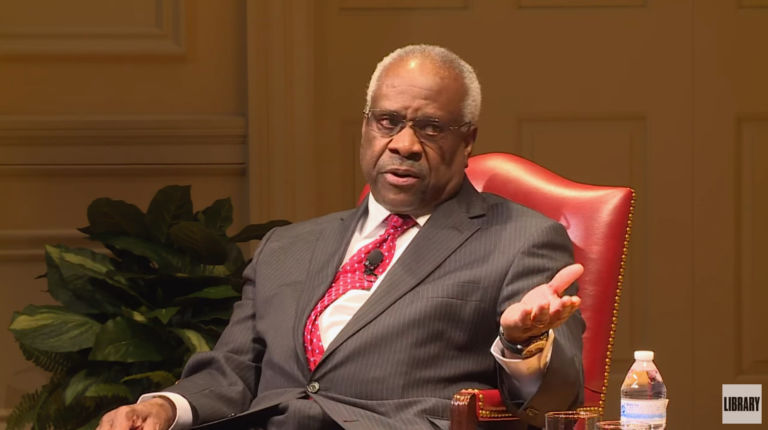Yesterday I reported that representatives of 29 states and state agencies–including the North Carolina Department of Environmental Quality–had asked Chief Justice Roberts for an emergency stay of the EPA’s “clean power plan” (CCP) pending appeal. Today I’m pleased to add that that request has been granted. In a terse one-page order, the Supreme Court announced that:
The application for a stay submitted to The Chief Justice and by him referred to the Court is granted. The Environmental Protection Agency’s “Carbon Pollution Emission Guidelines for Existing Stationary Sources: Electric Utility Generating Units,” … is stayed pending disposition of the applicant’s petition for review in the United States Court of Appeals for the District of Columbia Circuit and disposition of the applicant’s petition for a writ of certiorari, if such writ is sought.
Justices Ginsburg, Breyer, Sotomayor, and Kagan appended a note stating that they would have denied the application. However, the rest of the Court presumably wanted to avoid what had happened in Michigan v. EPA when it’s ruling against EPA’s imposition of unreasonable mercury emissions standards came too late to have any effect. In their application for the stay the states had noted that:
The day after this Court ruled in Michigan that EPA had violated the Clean Air Act … in enacting its rule regulating fossil fuel-fired power plants…, EPA boasted in an official blog post that the Court’s decision was effectively a nullity. Because the rule had not been stayed during the years of litigation, EPA assured its supporters that “the majority of power plants are already in compliance or well on their way to compliance.”
And that:
EPA extracted “nearly $10 billion a year” in compliance from power plants before this Court could even review the rule … and then successfully used that unlawfully-mandated compliance to keep the rule in place even after this Court declared that the agency had violated the law.
Other considerations presumably played a part as well. In the Washington Post Jonathan Adler suggests that:
A majority of the court has concerns about the EPA’s authority to impose the CPP under the Clean Air Act….
There are serious legal arguments against specific elements of the CPP (such as the consideration of potential emission reductions to be achieved “outside the fence” of regulated facilities) as well as the position that Section 111 of the CAA allows the EPA to regulate greenhouse gases from power plants in the first place. The latter concerns raise the stakes of the case and strengthen the argument for a stay. This is because the question at issue is not merely whether the EPA observed the relevant procedural niceties or properly exercised its authority on the margin. Rather, the question is whether the EPA has the authority to do this at all.
And adds:
I suspect that the EPA’s arguments against the stay were undermined by the Agency’s own statements about the potentially revolutionary nature of the CPP. In promoting the plan, the EPA repeatedly emphasized that the CPP represented the most ambitious climate-related undertaking in the agency’s history and crowed that the plan would lead to the complete restructuring of the energy sector. Making these claims may have undermined the EPA’s position, because it made it easier for the stay applicants to argue that a stay was justified. Put another way, an unprecedented assertion of regulatory authority may itself have justified an unprecedented exercise of the Court’s jurisdiction to stay the agency’s action.
Whatever the Court’s reasons for granting it, the stay means the EPA may not implement or enforce the CPP until the U.S. Court of Appeals for the D.C. Circuit–and, most likely, the Supreme Court itself–has ruled on its legality. It will, therefore, be years before the CPP can take effect, if, indeed, it takes effect at all.


